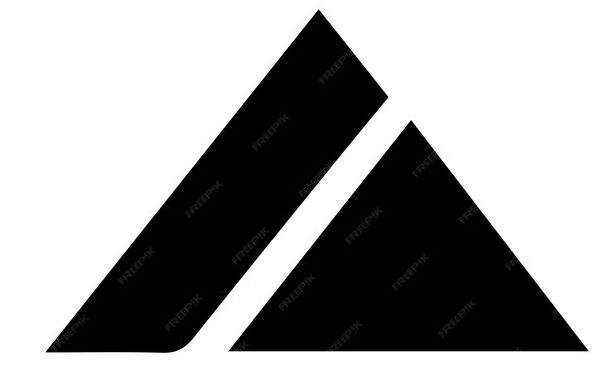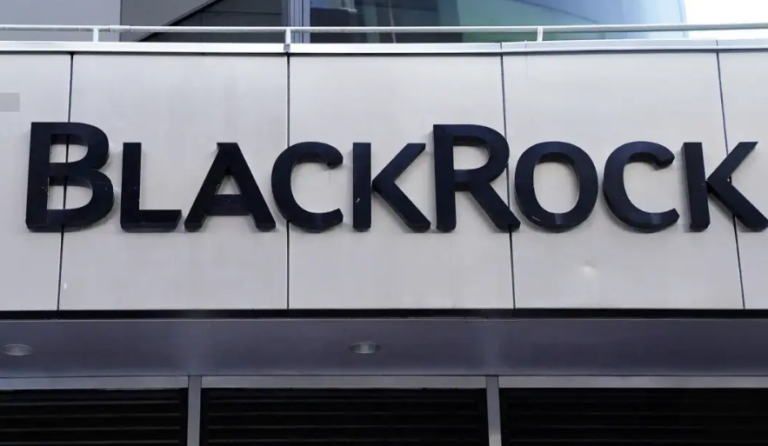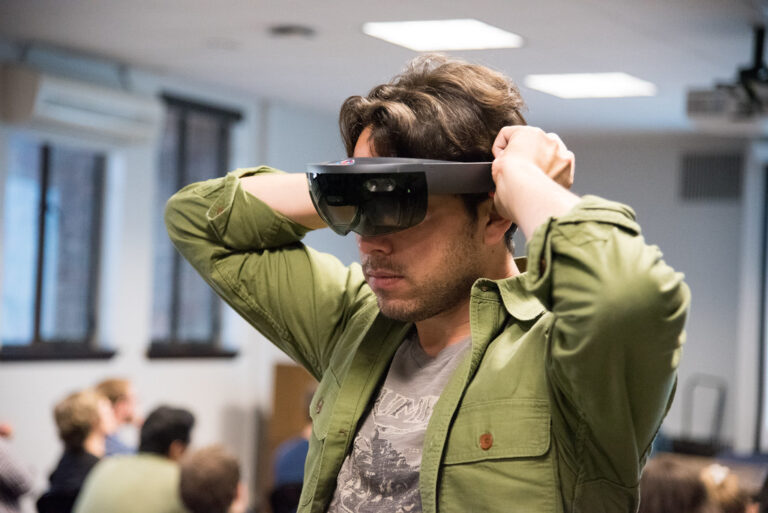What is Blockchain? Is the future of crypto?
Blockchain is an advance technology that supports distributive and secure system that facilities transparent and tamper-proof data transmission. It has evolved beyond its initial application in cryptocurrency to effect in a wide range of industries finance, healthcare, supply chain, and governance.
Blockchain is a distributed ledger technology (DLT) that registers transaction in immutable and chronological sequence. It is decentralized means no central authority and its transactions are validate through consensus mechanism.
Core Components:
- Blocks: It is a unit of data containing that is a list of transactions.
- Chain: It is a sequence of blocks linked through cryptographic hashes.
- Nodes: It is a decentralized participants that store and validate the blockchain.
- Consensus Mechanism: It is a methods to agree on transaction validity like Proof of Work (PoW) and Proof of Stake (PoS).
Key Features:
1. Transparency:
Blockchain public ledger confirms the transparency that enables all participants to the same data transactions.
2. Decentralization:
By removing central authorities, blockchain decrease dependency of intermediaries that can cost low and increase efficiency.
3. Security:
Blockchain is high secure due to its cryptographic design. Altering any block that requires consensus mechanism across the entire network.
5. Efficiency:
Smart contracts, self-executing contracts with rules, automate process that reduce paperwork and human conversation.
Challenges:
- Blockchains particularly public ones, struggles with transaction speed and volume. For example, Bitcoin process about 7 transaction per second (TPS) that compared to Visa’s thousands of TPS.
- PoW consume large amount of energy that raise concerns about environmental sustainability.
- Blockchain itself is secure but vulnerabilities exits in associated system like wallets and smart contract code.

Applications:
- Cryptocurrency: Blockchain first and popular application is cryptocurrency like Bitcoin and Ethereum that provide secure and decentralized financial transactions.
- Healthcare: Blockchain perform secure and temper proof patient record that enables data sharing also maintaining privacy.
- Finance: Financial institutions uses blockchain for faster settlement and fraud reduction.
- Governance: Blockchain use transparent voting system that ensure integration and reduce electoral fraud.
- Energy: Blockchains enables energy trading and enhance the management of renewable energy sources.
Some of Blockchain Platforms:
- Bitcoin
- Ethereum
- Binance smart chain
- Solana
- Hyperledger
Types of Blockchain:
- Public Blockchain
- Private Blockchain
- Consortium blockchain
- Hybrid Blockchain
Blockchain VS Traditional Databases (TD):
| Features | Blockchain | TD |
| Centralization | Decentralized | Centralized |
| Data Integrity | Immutable, tamper proof | Modifiable, require admin trust |
| Transparency | High | Low |
| Cost | High initial setup | Lower setup |
| Scalability | Limited | high |
Future aspects:
1. Blockchain Interoperability:
It emerges solutions like Palkadot and Cosmos aim to different Blockchains that allows seamless data transfer.
2. Decentralized Finance:
Its Platforms are revolution in financial services by offering decentralized loans and investments.
3. Green Blockchain:
Its efforts are continues to develop eco-friendly blockchain solutions.

Conclusion:
Blockchain is an advance technology that offer security, transparency, and efficiency across many industries. Blockchain is currently used in voting systems in some big countries and expected worldwide governments are exploring blockchains for digital currencies and secure public record managements. However, it face challenges but innovations like scalability and green blockchain is going to revolutionized in industries that makes it essential technology for the future.








One Comment